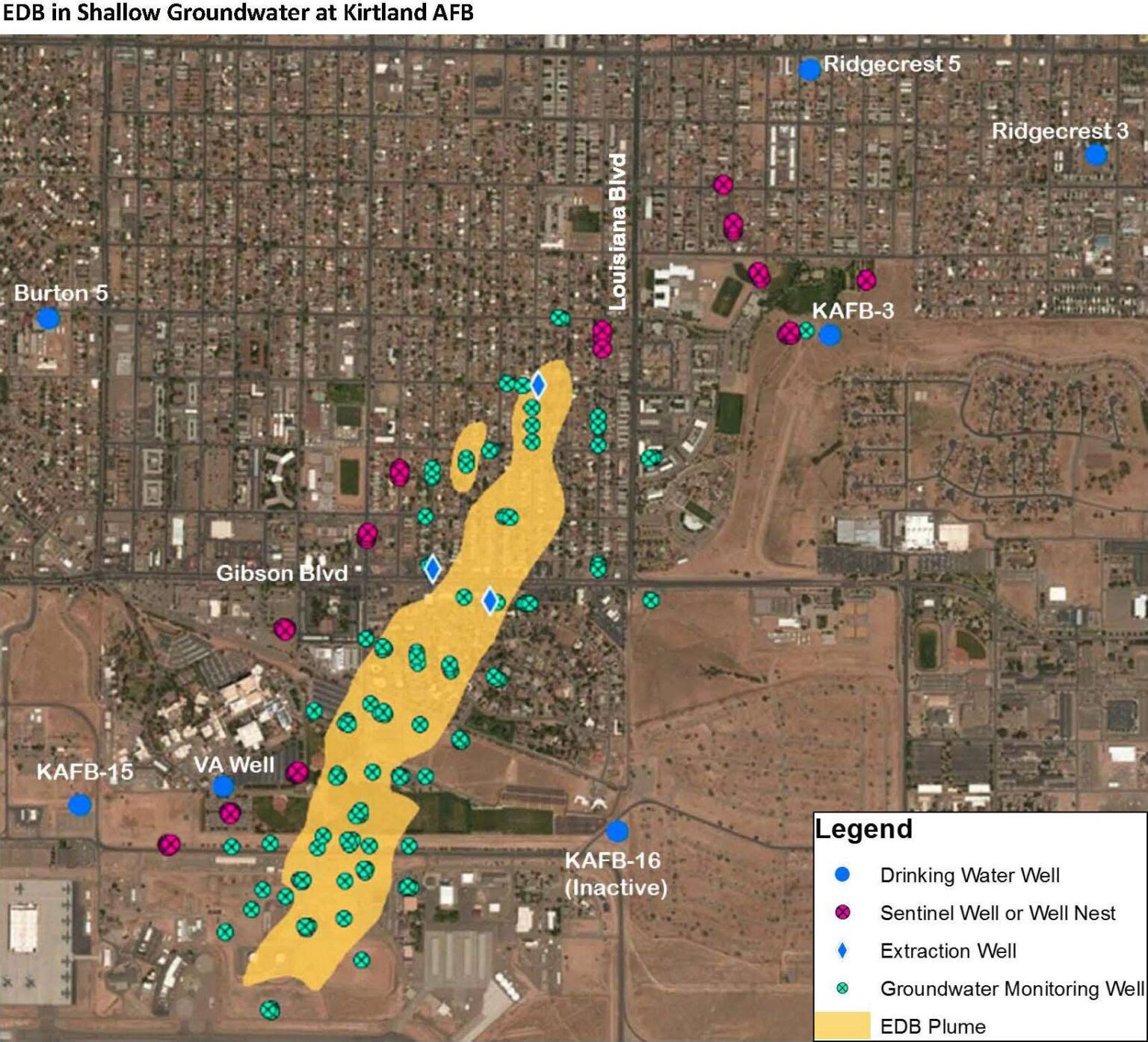Kirtland Jet Fuel Spill Update: New Plans And Protests In Process
New Plans And Protests In Process


Kirtland Air Force Base Bulk Fuels Facility
Todd Berenger
Latest Article|September 3, 2020|Free
::Making Grown Men Cry Since 1992


Kirtland Air Force Base Bulk Fuels Facility
Todd Berenger

